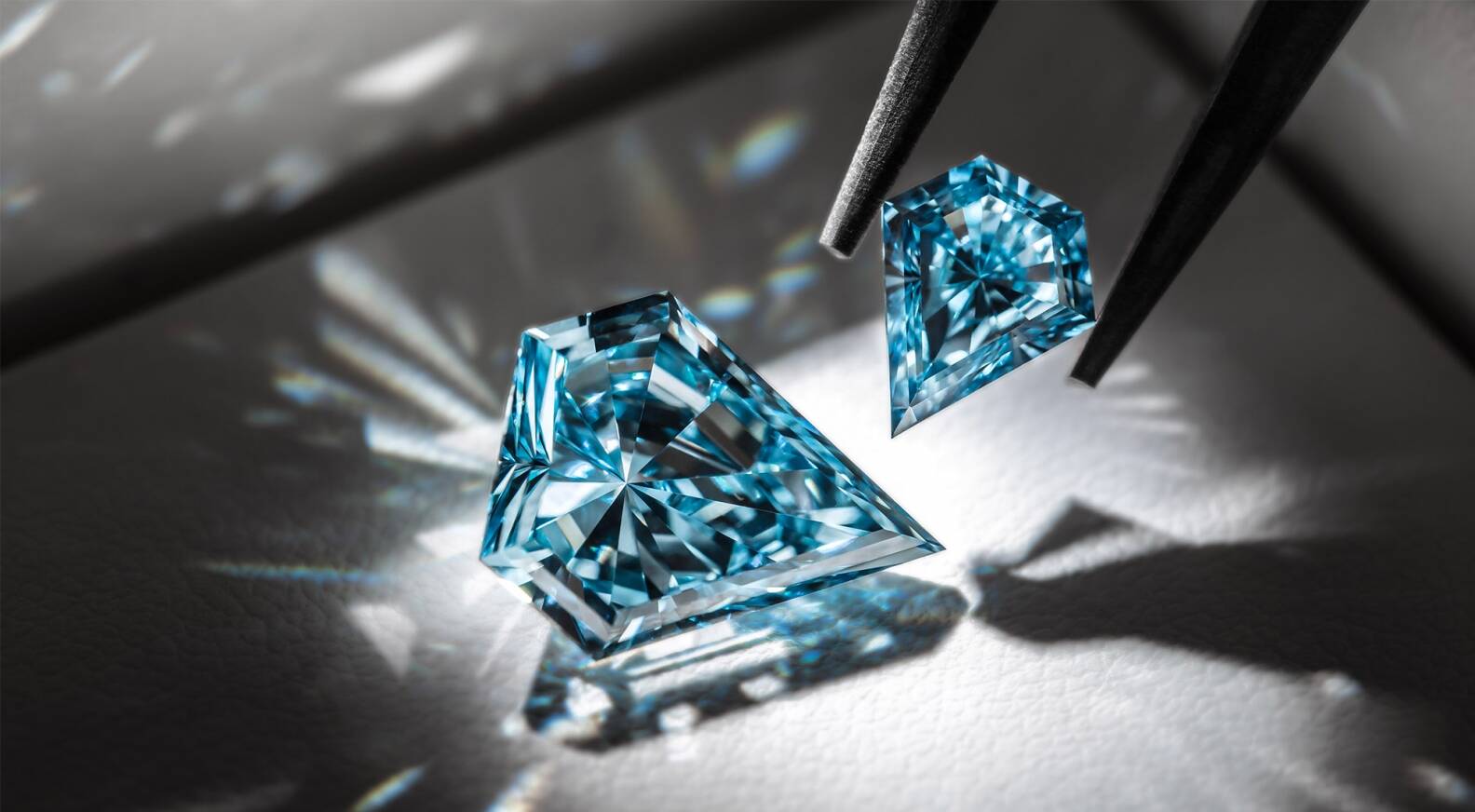
Crystal Clear Investments: Navigating the World of Lab-Grown Diamonds
Introduction
Investing in lab-grown diamonds has emerged as a compelling option in recent years, offering a blend of sustainability, affordability, and ethical considerations. As traditional mined diamonds face scrutiny over environmental impacts and ethical concerns, lab-grown diamonds present a promising alternative for investors seeking value and social responsibility. This article delves into the intricacies of lab-grown diamond investment, exploring the factors driving its popularity and providing insights into its potential as a lucrative investment avenue.
Understanding Lab-Grown Diamonds
What are Lab-Grown Diamonds?
Lab-grown diamonds, also known as synthetic or cultured diamonds, are created through a technological process that replicates the natural conditions under which diamonds form in the Earth’s mantle. These diamonds exhibit the same chemical and physical properties as mined diamonds but are produced in controlled laboratory environments.
How are Lab-Grown Diamonds Created?
The process of creating lab grown diamonds investment involves two primary methods: High Pressure High Temperature (HPHT) and Chemical Vapor Deposition (CVD). In HPHT, carbon atoms are subjected to extreme pressure and temperature to crystallize into diamond structures. Conversely, CVD involves the deposition of carbon atoms onto a substrate to form diamond layers.
Advantages of Investing in Lab-Grown Diamonds
Affordability
One of the key advantages of investing in lab-grown diamonds is their affordability compared to mined diamonds. Lab-grown diamonds typically cost 20% to 40% less than their mined counterparts, making them accessible to a wider range of investors.
Ethical Considerations
Ethical concerns surrounding traditional diamond mining, such as environmental degradation and human rights abuses, have prompted many investors to seek alternative options. Lab-grown diamonds offer a transparent and ethical supply chain, free from the ethical dilemmas associated with mined diamonds.
Sustainable Practices
Lab-grown diamond production requires significantly less energy and water than traditional mining methods, making it a more environmentally sustainable choice. Additionally, lab-grown diamonds do not contribute to deforestation or habitat destruction, further reducing their environmental footprint.
Customization and Consistency
Investors are drawn to the consistent quality and customization options offered by lab grown diamonds investment. Unlike mined diamonds, which vary in quality and characteristics, lab-grown diamonds can be produced to meet specific size, shape, and color specifications, ensuring a consistent and predictable investment.
Factors Influencing Lab-Grown Diamond Prices
Technology Advancements
Advancements in diamond-growing technology have led to increased production efficiency and lower manufacturing costs, driving down the prices of lab-grown diamonds. As technology continues to improve, prices are expected to become even more competitive, further enhancing the investment appeal of lab-grown diamonds.
Consumer Demand
Growing consumer awareness and acceptance of lab-grown diamonds have fueled demand for these alternative gemstones. As consumer preferences shift towards sustainable and ethically sourced products, the demand for lab-grown diamonds is expected to continue rising, potentially driving prices upwards in the long term.
Market Dynamics
The dynamics of the diamond market, including supply and demand fluctuations, economic conditions, and industry trends, also influence lab-grown diamond prices. Investors should stay informed about market developments and industry insights to make informed investment decisions.
Risks and Considerations
Market Perception
Despite their many advantages, lab diamonds still face challenges in terms of market perception and consumer acceptance. Some consumers may prefer the rarity and prestige associated with mined diamonds, potentially limiting the market demand for lab-grown diamonds in certain segments.
Regulatory Landscape
Regulatory frameworks governing lab-grown diamonds vary by region and may impact the investment landscape. Investors should be aware of any regulatory changes or developments that could affect the sale and trade of lab-grown diamonds in their respective jurisdictions.
Long-Term Value
While lab-grown diamonds offer compelling advantages in terms of affordability and ethical considerations, their long-term value proposition remains uncertain. Investors should carefully evaluate market trends, technological advancements, and consumer preferences to assess the potential for long-term growth and value retention.
Conclusion
Investing in lab-grown diamonds presents a unique opportunity to align financial goals with ethical and environmental values. With their affordability, ethical considerations, and sustainable practices, lab-grown diamonds are poised to disrupt the traditional diamond industry and emerge as a viable investment option for forward-thinking investors. By understanding the factors driving lab-grown diamond prices and carefully evaluating risks and considerations, investors can capitalize on this burgeoning market and potentially reap significant rewards in the years to come.











